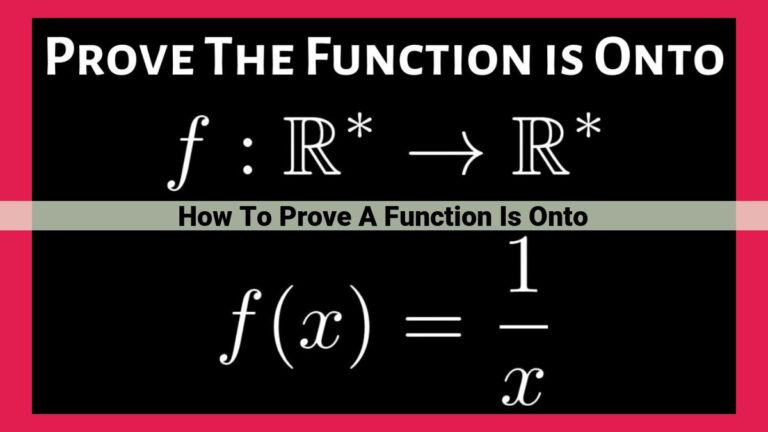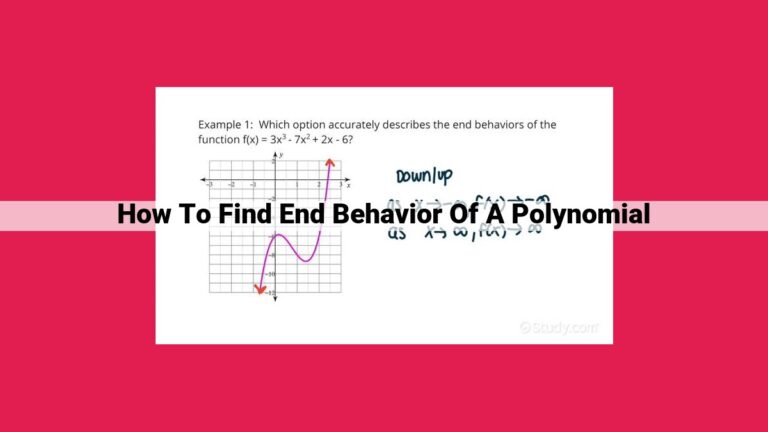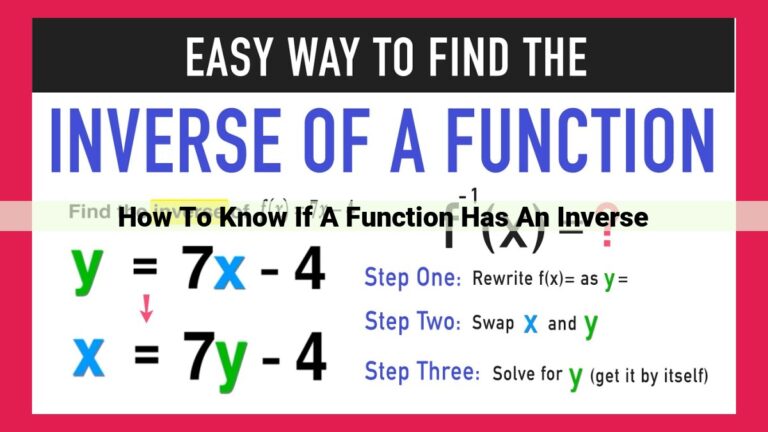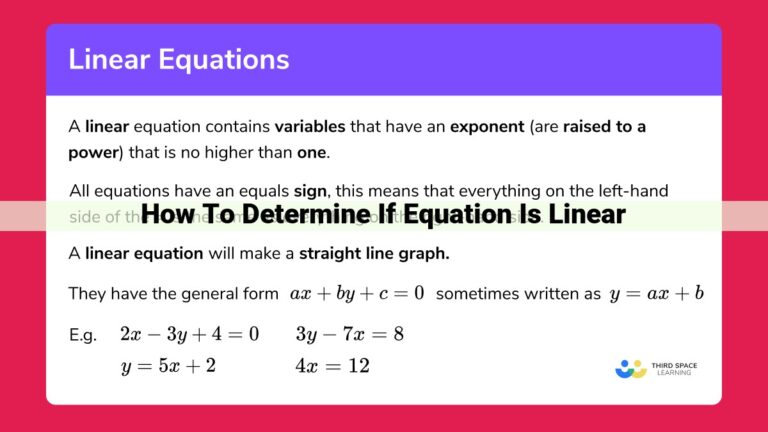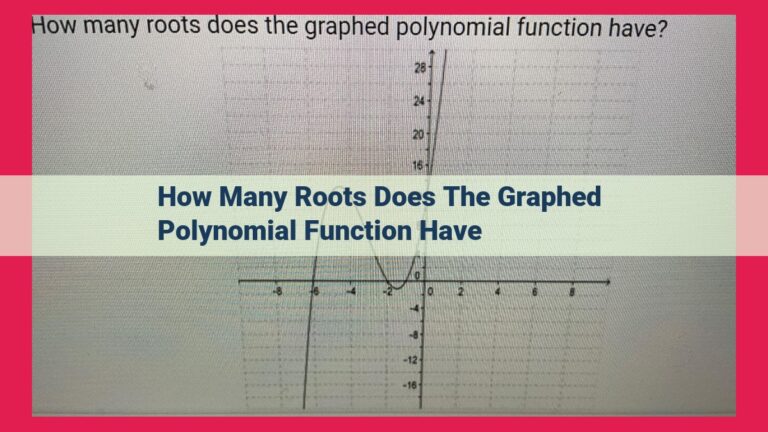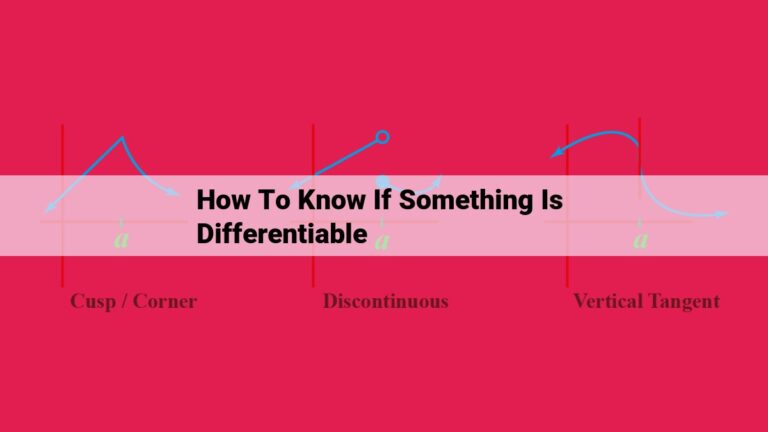Uncover The Intersection Points Of Functions: Methods And Significance
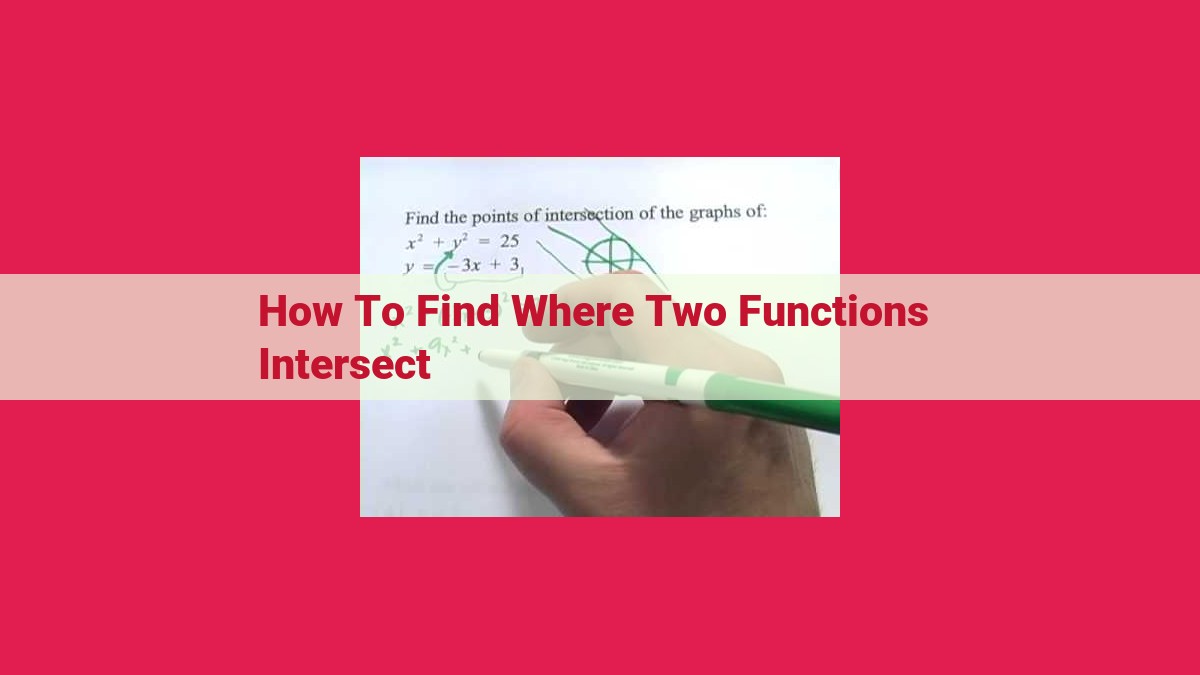
To find the intersection points of two functions, determine the values of x where the functions have the same y-value. Use the substitution method by solving for x in one equation and substituting it into the other. Graphically, plot both functions and identify where they cross. The zero product property applies to polynomials, setting their factors to zero and finding the corresponding x-values. These methods provide insights into linear and quadratic equations, simultaneous equations, and roots of functions, showcasing the significance of intersection points in mathematical problem-solving.
Understanding Intersection Points: A Comprehensive Guide
In the realm of mathematics, intersection points hold immense significance. They arise when two functions share the same value, creating a unique point on the coordinate plane. These points are often pivotal in solving equations, graphing functions, and understanding a variety of mathematical concepts.
What exactly is an intersection point? It’s the common ground where two functions meet and their values align. Imagine a crossroads where two roads intersect; the intersection point is the exact location where the paths converge. Similarly, in mathematics, intersection points are the coordinates that satisfy both functions simultaneously.
Understanding how to find intersection points is crucial for various mathematical endeavors. There are three primary methods to tackle this task:
-
Substitution Method: This method involves isolating a variable in one function and plugging it into the other. By solving the resulting equation, we pinpoint the intersection point.
-
Graphical Method: As the name suggests, this method involves graphing both functions on the same coordinate plane. The intersection point is the point where the two graphs collide.
-
Zero Product Property: This method leverages the concept of polynomial roots. By factoring one of the functions and setting each factor equal to zero, we uncover the x-coordinates of intersection points.
Why is it important to find intersection points? Beyond the theoretical value, intersection points have practical applications in fields like physics, engineering, and economics. For instance, in physics, intersection points can help determine the time and location of a projectile’s impact.
Related Concepts: Finding intersection points is intricately connected to other concepts such as linear and quadratic equations, simultaneous equations, roots of functions, and solving by factoring. These concepts form the building blocks upon which the intersection point calculations rest.
Conclusion: The intersection point is a mathematical treasure trove that unveils valuable information about functions and their behavior. Whether in the realm of theoretical mathematics or practical applications, the ability to find intersection points is a cornerstone of mathematical proficiency. This guide has laid out the various methods to locate intersection points, making you well-equipped to conquer any mathematical challenge that involves these elusive yet fascinating coordinates.
Delving into the World of Intersection Points: Methods, Examples, and More
Finding intersection points, where two functions share a common value, is a fundamental concept in mathematics. Here, we explore three key methods to discover these elusive points.
**Substitution Method: Solving for the Unknown**
The substitution method transforms one function into a variable to solve for the other. Begin by isolating a variable (e.g., (x)) in one function. Substitute this expression into the other function, creating a new equation with one unknown. Solve the resulting equation to find the value of (x). This value corresponds to the x-coordinate of the intersection point.
**Graphical Method: Visualizing the Intersection**
Sometimes, a graphical representation can provide a clearer picture. Plot both functions on the same coordinate plane. The intersection point will appear where the graphs cross. This method is particularly useful for complex functions or when a precise solution is not necessary.
**Zero Product Property: Uncovering Roots**
This method applies when one of the functions is a polynomial. Factorize the polynomial into its root factors. Each root represents a value where the function equals zero. These roots correspond to the x-coordinates of the intersection points. If a root appears multiple times, the function has multiple intersection points.
Substitution Method: Solving for a Variable
- Explain how to isolate a variable in one function and substitute it into the other.
- Provide a step-by-step guide to solving the resulting equation for the intersection point.
Solving Intersection Points: The Substitution Method
Every time we see two functions, we wonder where they meet. Intersecting points, the magical spots where they share the same value, are where the story gets exciting. To unveil this mystery, we dive into one of the most prominent methods: substitution.
Imagine two friends, Lisa and Tom, going to the movies. Lisa has $50, and Tom has $30. Both want to buy popcorn, but each bag costs $5. To find out if they have enough money, we can substitute Lisa’s money into Tom’s equation.
Lisa's Money = $50
Tom's Money = $30
Cost of Popcorn = $5
Lisa’s equation:
Money = Popcorn * 5
Substituting Lisa’s expression:
30 + (Popcorn) * 5 = 50
Now, we solve for Popcorn:
(Popcorn) * 5 = 20
Popcorn = 20 / 5
Popcorn = 4
This means they can buy 4 bags of popcorn. The substitution method allows us to solve complex problems by replacing one variable with another, simplifying the equation and leading us to the intersection point.
It’s like a puzzle where we swap pieces, connecting the clues until we find the hidden solution. And that’s the beauty of the substitution method – transforming two equations into one and revealing the secrets of intersecting points.
Visualizing the Intersection: The Graphical Method
In the realm of mathematics, finding the intersection points where two functions dance together is a tantalizing quest. Among the tools we can wield, the graphical method emerges as a visual masterpiece, unveiling the points where curves gracefully intertwine.
就像在星空下绘制星座,我们将两个函数同时绘制在同一张纸上。每个函数都讲述着它自己的故事,一条蜿蜒的线条,勾勒着它的起起伏伏。我们的目标是捕捉它们相交的刹那,那个共同的时刻,两个世界融为一体。
沿着函数的轨迹探索,我们会看到它们在不同的时刻上升和下降。它们可能会并肩而行,在某一点交汇,或者可能像流星般擦肩而过。用我们的眼睛作为指南,我们仔细审视这些曲线,寻找它们相会的踪迹。
当两条曲线相逢,它们共同描绘了一个交点。这是一个特殊点,在这里它们的路径重叠,它们的命运相连。仿佛时间定格,两个独立的实体在和谐中融合。我们已经找到隐藏的宝藏,那个见证曲线交织的珍贵瞬间。
Zero Product Property: Unveiling Intersection Points
In the realm of algebra, finding intersection points is a crucial skill for solving a variety of equations. Intersection points are the shared values where two functions meet, revealing important information about their relationships. Understanding the zero product property is a powerful tool for uncovering these points.
The zero product property states that if the product of two factors is zero, then at least one factor must be zero. This principle extends to functions: if the product of two polynomials is zero, then at least one polynomial must have a root of zero.
To find intersection points using the zero product property, we first need to factorize one of the functions. Factoring involves breaking down the polynomial into its simplest factors. For instance, the polynomial (x^2-4) can be factored as ((x-2)(x+2)).
Once we have factored the polynomial, we can set each factor equal to zero and solve for x. The roots of the factors will correspond to the x-coordinates of the intersection points.
For example, let’s find the intersection points of the following functions:
f(x) = x^2 - 4
g(x) = x + 1
Using the zero product property, we factorize (f(x)) as ((x-2)(x+2)). Setting each factor to zero, we get:
x - 2 = 0 -> **x = 2**
x + 2 = 0 -> **x = -2**
Therefore, the intersection points are ((2, -1)) and ((-2, -3)).
By understanding and applying the zero product property, we can efficiently find intersection points, providing valuable insights into the behavior of functions and unlocking solutions to various algebraic problems.
Example: Finding Intersection Points
- Provide a detailed example of using the substitution method to find the intersection points of two specific functions.
- Show the step-by-step process and the resulting intersection coordinates.
Finding Intersection Points: A Comprehensive Guide
An intersection point is where two functions share the same value. Identifying these points is crucial in various fields, including mathematics, engineering, and economics.
Methods for Finding Intersection Points
There are three main methods to find intersection points:
- Substitution Method: Isolate a variable in one function and substitute it into the other.
- Graphical Method: Graph both functions and identify the intersection point visually.
- Zero Product Property: Factor one function to find its roots, which correspond to x-coordinates of intersection points.
Substitution Method: Solving for a Variable
To use the substitution method, follow these steps:
- Isolate a variable, let’s say x, in the first function.
- Substitute the isolated expression for x into the second function.
- Solve the resulting equation for the variable you are interested in, usually y.
Example: Finding Intersection Points
Let’s find the intersection points of the functions y = x^2 and y = 2x:
- Isolate x in y = x^2: x = ±√y
- Substitute in y = 2x: 2x = ±√y
- Solve for y: y = 4x^2
The intersection points are therefore at (0, 0) and (-2, 8).
Related Concepts: Expanding Understanding
Understanding intersection points involves topics such as:
- Linear and quadratic equations
- Simultaneous equations
- Roots of functions
- Solving by factoring
- Using a calculator for graphical solutions
By exploring these concepts, you can deepen your understanding of intersection points and their applications.
Intersection Points: A Rendezvous of Functions
In the realm of mathematics, where functions dance and interact, there’s a fascinating phenomenon known as intersection points. These magical spots occur when two functions meet and share a common destiny – the same value! Understanding intersection points is a crucial skill, unlocking doors to problem-solving and unraveling complex scenarios.
Methods for Unveiling Intersection Points
Finding these points of intersection is no child’s play. Mathematicians have devised three main routes to this treasure: substitution, graphical, and zero product property. Each path has its own charm and offers a unique perspective on the rendezvous.
Substitution: A Straightforward Approach
Imagine you have two functions, like star-crossed lovers waiting to meet. The substitution method lets you play matchmaker. You isolate one variable in one function, like a secret rendezvous, and sneak it into the other. This clandestine operation yields an equation that reveals the cherished intersection coordinates.
Graphical: A Visual Delight
For a more artistic approach, try the graphical method. Picture both functions as graceful dancers on the coordinate plane. Their paths may intertwine at one or more points, forming intersection points that tell the tale of their encounter.
Zero Product Property: An Algebraic Trick
If one of your functions is a polynomial, like a mischievous genie, the zero product property will work its magic. This property reveals that if you multiply two factors and the result is zero, it means one (or both) factors must be zero. By uncovering these polynomial roots, you’ll uncover the x-coordinates of your intersection points.
Interplay of Concepts
Intersection points are a thread that weaves together several mathematical concepts, creating a tapestry of knowledge. Understanding linear and quadratic equations, solving simultaneous equations, recognizing roots of functions, and skillfully wielding factoring are all essential tools in this mathematical quest.
Calculator Aid: A Modern-Day Oracle
In our digital age, calculators serve as trusty companions, aiding in graphical solutions. By inputting function equations, we can witness the intersection points emerge before our eyes, providing visual confirmation of our mathematical endeavors.
Finding intersection points is a thrilling journey through the world of functions. Whether you prefer the straightforward path of substitution, the visual delight of graphing, or the algebraic prowess of the zero product property, mastering these methods will empower you to solve complex problems and unveil the hidden stories within mathematical equations.
